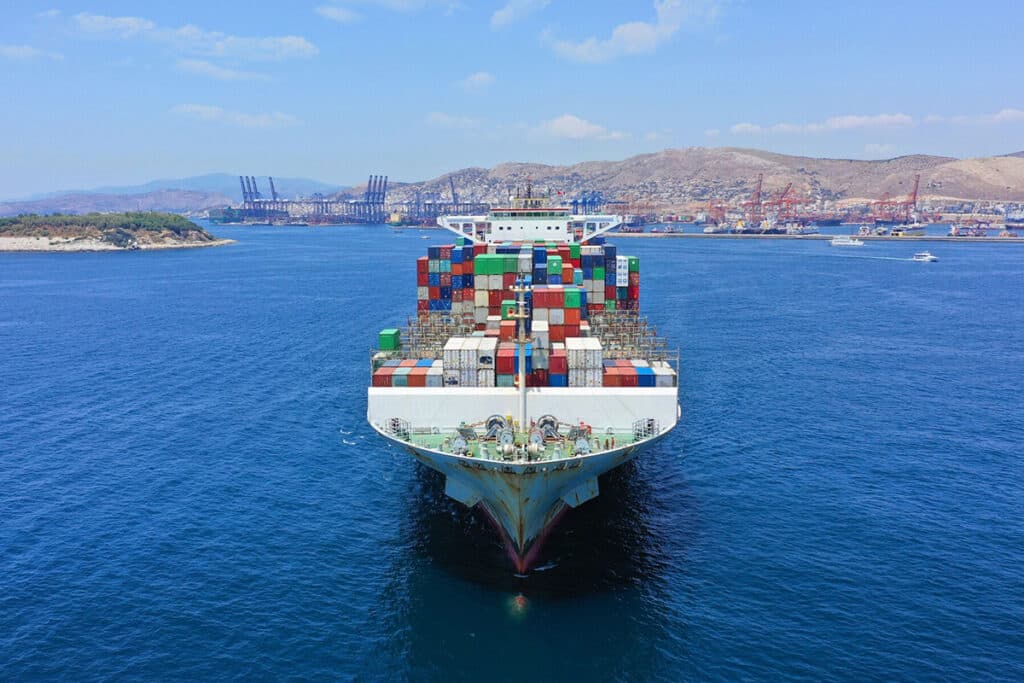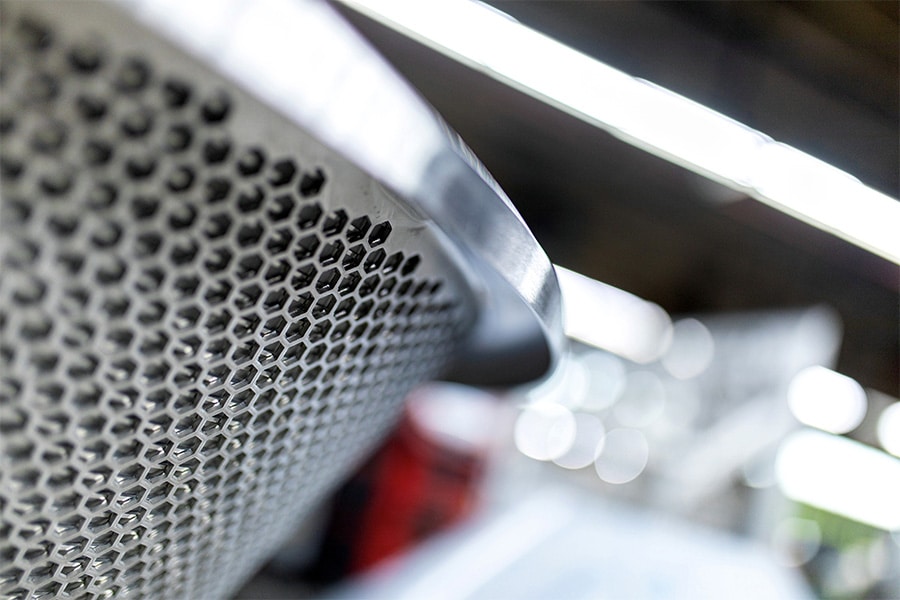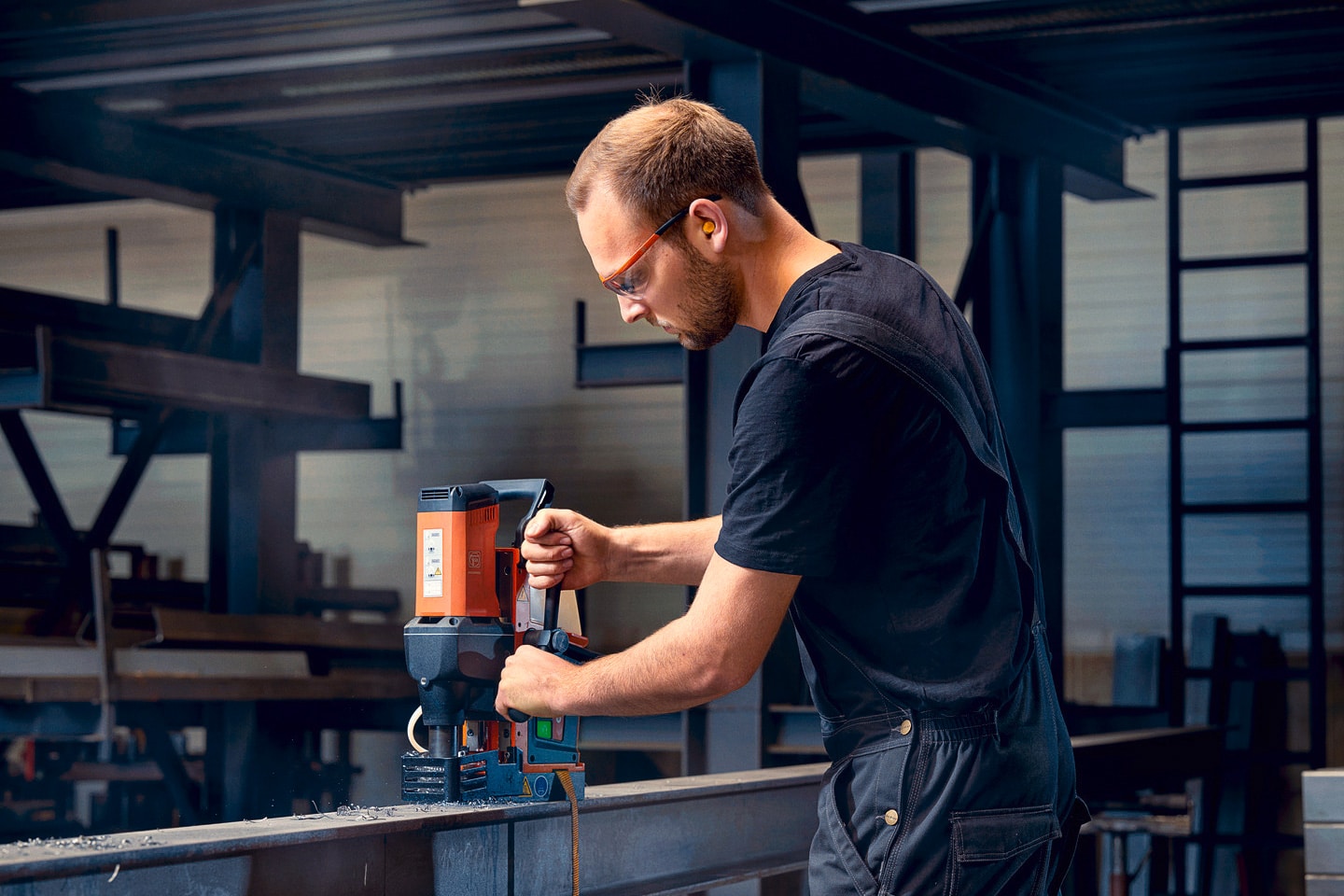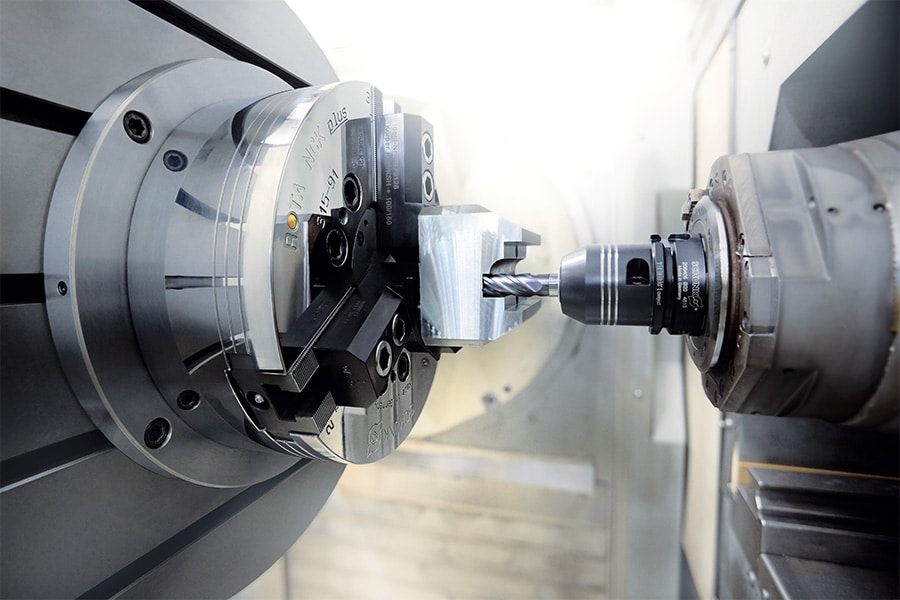
Positive financial statements cannot polish weak annual balance sheet
The overall result for orders in 2024 in machinery and plant construction is disappointing. The wait is for a turnaround. Better framework conditions in Germany are an important aspect of this.
Orders for large-scale systems provided a positive surprise in the order books of mechanical and plant engineering companies at the end of the year. However, overall order performance was disappointing: in real terms, orders in 2024 fell 8% from the previous year. Domestic mechanical engineering companies recorded a 13 percent drop in orders in 2024, while orders from abroad fell by 5 percent. The decline in orders from Eurozone countries was 9 percent, while non-Eurozone countries recorded a 4 percent decline.
This means that for the second year in a row, companies had to record a significant decline in orders across the board. "The wait for a turnaround continues. We lack momentum in key sales markets, especially a better mood in Germany. Here the next federal government must quickly take comprehensive measures in favor of export-oriented industrial SMEs," VDMA economic expert Olaf Wortmann said of the annual order balance.
Nevertheless, the machinery sector was able to generate a slight growth of 1 percent in real terms in December 2024 compared to the previous year thanks to large orders. "This was due to orders from non-euro regions, which increased by 13 percent. This resulted in an overall increase abroad of 9 percent for the reporting month (euro countries: minus 1 percent). Such fluctuations are not unusual and in themselves positive. However, they cannot be seen as evidence of a broad positive trend," explained Olaf Wortmann. Especially since domestic business was again disappointing with a 19 percent drop in orders compared to the previous year.
In the less volatile, more meaningful three-month period from October to December 2024, companies recorded a decline in incoming orders of 5 percent in real terms from the previous year. The decline was larger domestically (minus 7 percent) than abroad (minus 4 percent). Eurozone countries ordered 6 percent less machinery and equipment during the period, while non-eurozone countries reduced their orders by 3 percent.



